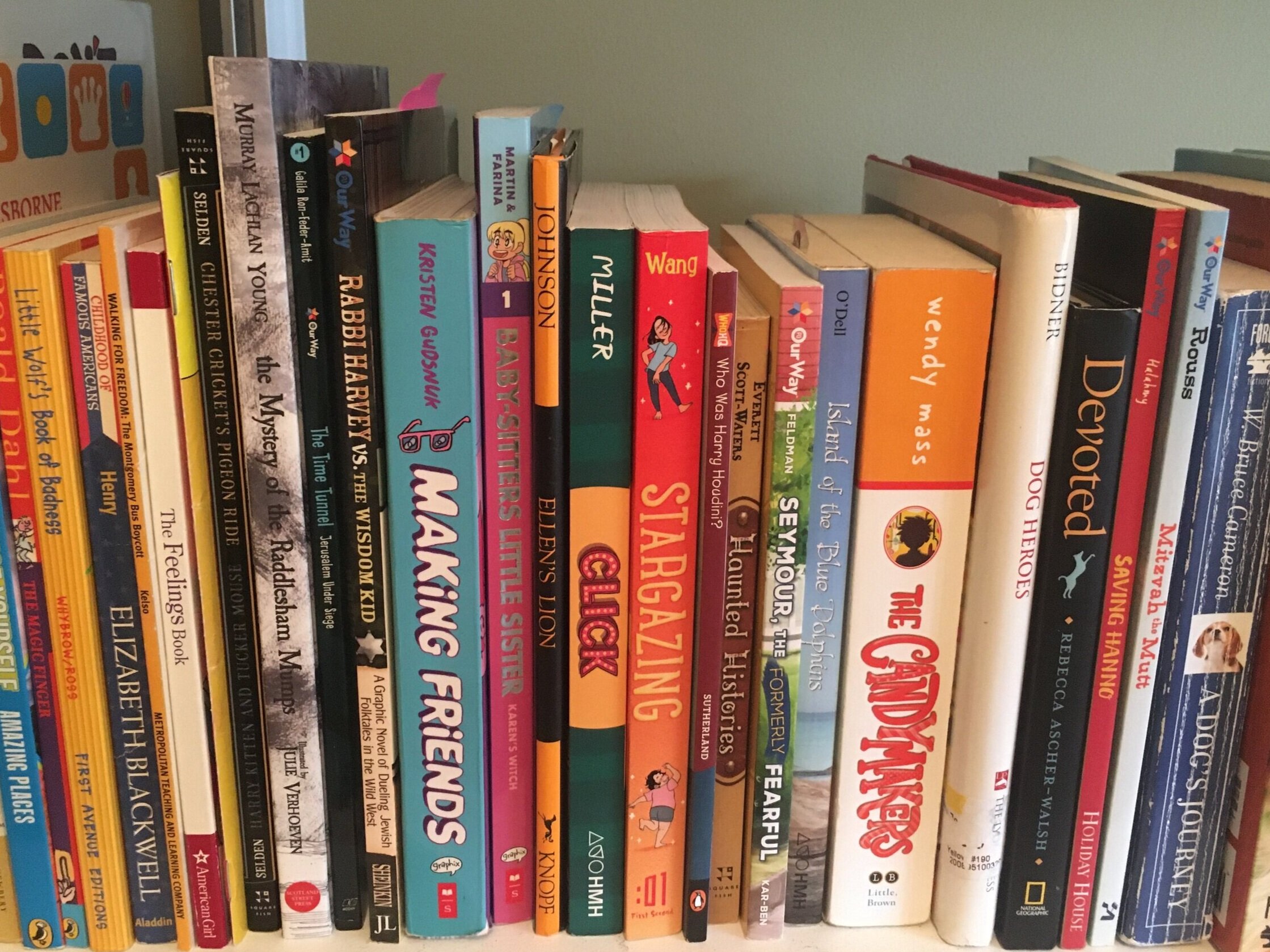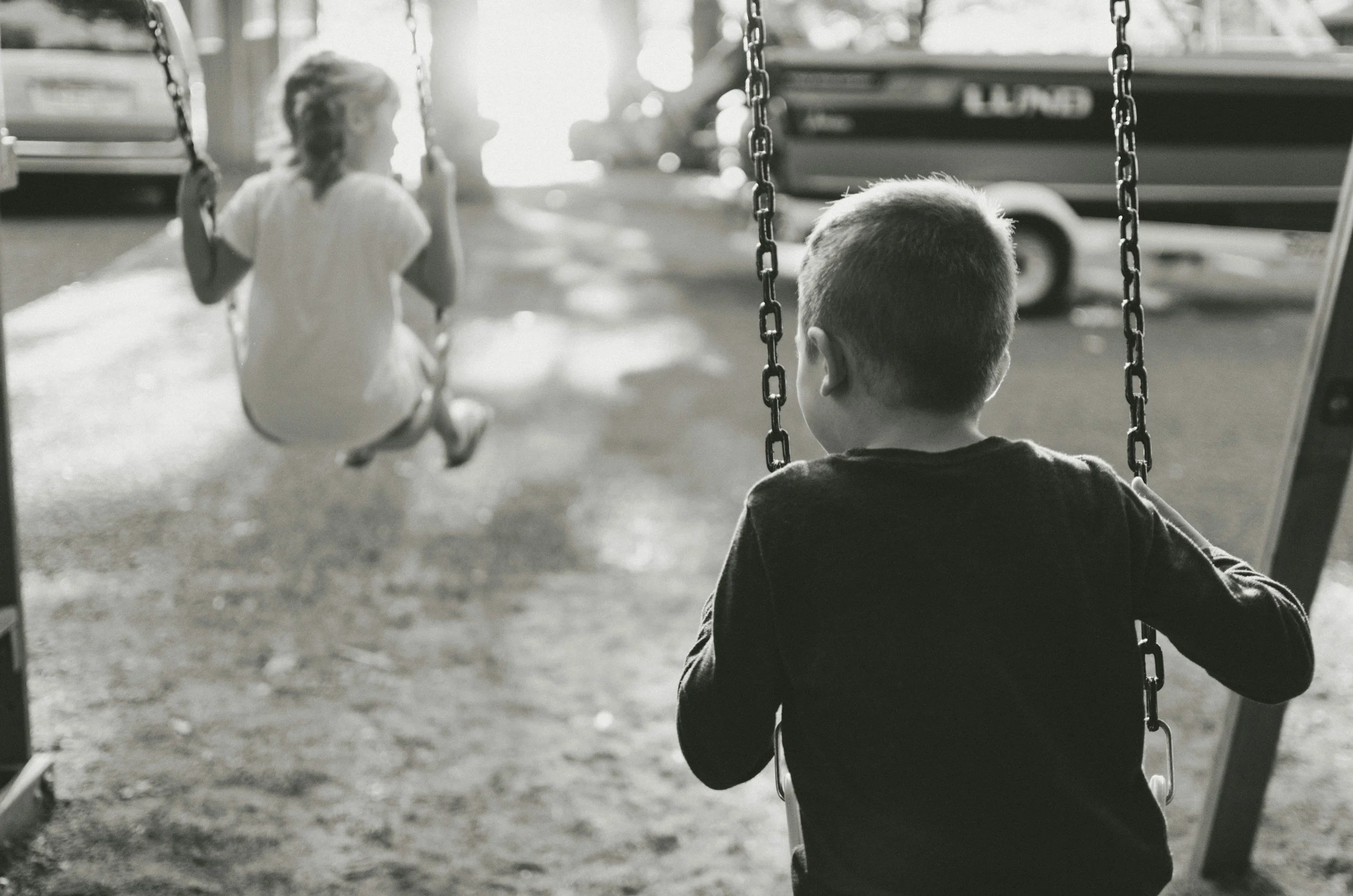Challenging the digital divide during the pandemic.
In April, my son’s 8th-grade teacher asked her students to read a book a week from a list of suggested titles - downloadable. That’s when I decided to make it my mission to challenge our dependency on screens… So far, most of the proposed solutions to education during COVID-19 involve screens and technology. That has become the de facto solution to learning from home. And it assumes that all families have the same facility with technology.
Separate and unequal.
The vast majority of NYC families opt for public school. But the decision-making doesn't end there. The overwhelming process of choosing a middle school continues. Because public schools are not equal –by design.
High School Lock Up
Ever been greeted at a public school with a metal detector and half a dozen security guards where parents are forbidden to enter?
High School Directory. Now online!
Frustrated with the NYC “My Schools” search restrictions and the heft of a 600 page directory? This free on-line directory that let’s you find school information on-line and in one place.
The Catch-22 of De Blasio's PreK
If you’re a parent of a four year old, in need of After-School, you most likely have some tough choices. Apparently, NY State thinks the school building is safe enough for PreK students from 8:30 - 2:30 but not after that. And the State doesn’t trust the same After-school staff who care for Kindergarten children to care for PreK children.
Middle School Community Search Tool
It’s finally here! a Google map we’ve created that includes every District, Boro and City-wide middle school for Manhattan students/residents. Easy to use and including enough basic info. you need to know to help narrow down your search. Click through the link below to go directly to the map and start exploring!
Finding Middle Schools
So why can’t school information be easier to find? For starters, I’d like a map with markers of each school that my child is eligible to apply to. Ideally, admissions criteria would also be transparent and easy to understand.
Choice and equity
For the past eight years, The Public Good has been actively researching NYC Department of Education (DOE) policies around school choice and choice leads to or is lead by segregation and inequity.
We have been exploring is the link between resources and funding for services such as after-school programs and the socio-economic composition of elementary schools.
Applying to Middle School: can we make it easier?
View the presentation here for insights and links to resources that help families navigate the Middle School application process.









